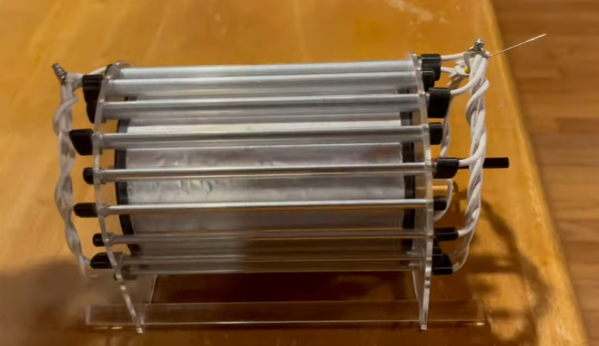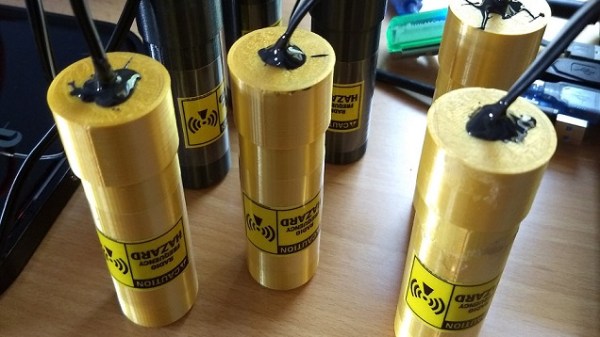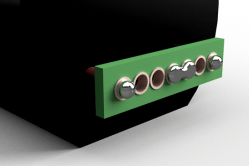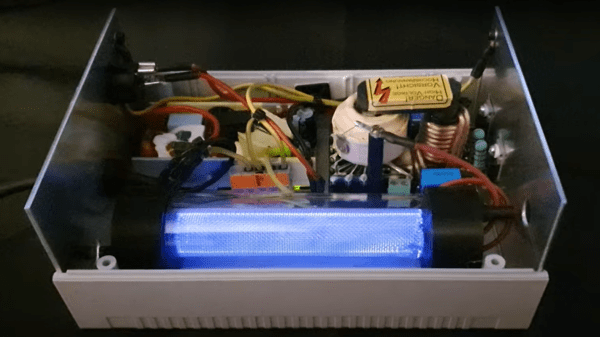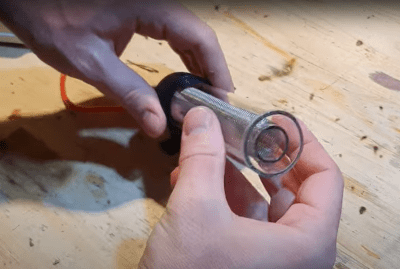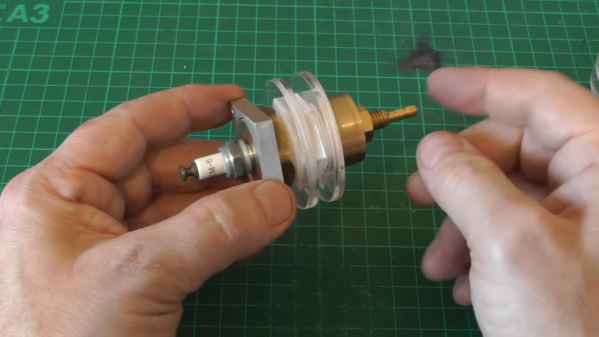Rǒta counts things. That’s it, really — what a cheap little mechanical counter does with a thumb press, or what you can do by counting on your fingers and toes, that’s pretty much all that Rǒta does. But it does it with style.
OK, that’s being a bit unfair to [Kevin Santo Cappuccio] — Rǒta has a few more tricks up its sleeve than simple counting. But really, those functions are just icing on the cake of how this little gadget looks. Rǒta was built around the unbeatable combination of a rotary telephone dial mechanism and a trio of Nixie tubes. The dial looks like it might have come from an old pay phone, all shiny and chrome and super robust looking. The Nixies sit atop the dial on a custom PCB, and everything, including the high-voltage supply for the tubes, is enclosed in a 3D printed case with a little bit of a Fallout vibe.
But what does this thing do? Actually, quite a lot. It’ll count up and down, using whatever number you dial into it. You can either increment from zero, or enter any three-digit number as the starting count. It keeps track of the score of your golf game, if that’s your thing, and it’s also got a stopwatch function. You can even dial up a display of the current battery voltage. It takes some ingenuity to use just the dial for all these functions, but that’s as easy as dialing the operator used to be — dialing 0 puts it in menu mode, allowing you to access any of the functions printed on the card in the center of the dial. It’s pretty clever — check out the video below.
Is it particularly useful? Perhaps not. But when has that ever been a measure of the worth of a project? Something like this rotary cellphone might be more useful, but sometimes looking great is good enough.




